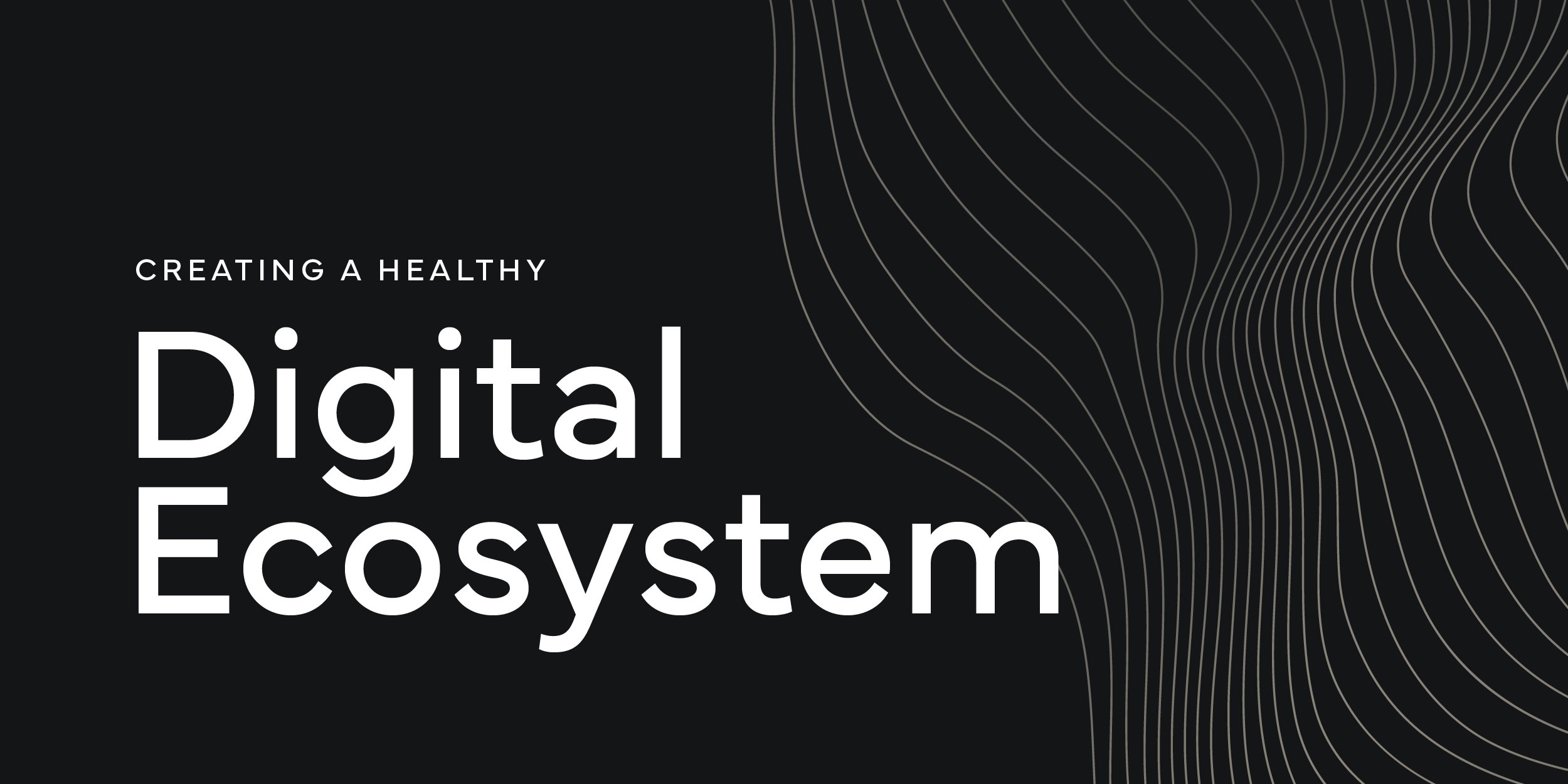BLOG Digital Transformation: Focus on Your Website
Digital Transformation: Focus on Your Website
POSTED BY Primitive | Aug 13, 2020

We’re continuing our series on transforming your business to have a strong digital presence and strategy. As we shared in our first post, it’s no longer enough for your business to depend upon your physical space and presence to help you grow. You have to be thinking digitally as well.
Today is all about your website. This topic is our first for a reason: it’s the foundation for every other thing you will try to accomplish for your business. Without a robust, intentional, well-functioning website, your business will not connect with prospective customers online or maintain a successful marketing strategy. In this post, we will identify the things your website needs in order to create that connection.
The Basics
Before we dive into some of the heavier hitting topics that come with building a website that is designed to generate leads and turn them into customers, let’s cover a few of the basics. The first is that you need a website, and it must be well designed and functional. This means the design needs to be helpful and intuitive, and the copy needs to answer some of the most common questions visitors initially have about your business (for example, your location and daily hours, pricing if applicable, what visitors can expect when they interact with your business or visit your store, or how they can interact with your business and maintain social distancing). This might sound way too basic or even overkill, but think about how many times you’ve gone to a website for a restaurant, a plumber, a boutique, etc. and found it to be unhelpful or uninformative. That just isn’t going to cut it if you want to transform your digital presence and reach customers online. Your website must be accessible, easy to navigate, and chock full of the information prospects really want to know.
It’s also very important that your site is designed to perform well on any device. Regardless of where and when a prospective customer checks out your site, it should work well. Don’t believe us when we say it matters that your site be optimized for mobile? Try using the desktop version of Amazon on your phone and then let us know. Along with mobile optimization, your site needs to be designed to load quickly – many of us are guilty of being impatient browsers and are unlikely to wait very long for a website to load if it is slow.
Use SEO to Make Sure Your Site Can be Found
While there is no spell you could whisper magically to make your website show up first on a search page, there are things you can do to increase your chances. This is the process of Search Engine Optimization (SEO for short). SEO involves researching keywords and phrases that fit your business and the terms your audience is using to find solutions to their problems, and then using those words and phrases throughout your website copy.
While the above definition is pretty simplified, SEO is a fairly complex task, and an in-depth explanation would require more than a few paragraphs within a blog post. But, here are some basics that are a great start.
- Identify your keywords and phrases. As we mentioned above, your SEO strategy begins with identifying the keywords and phrases you want to use.
- Place these keywords in the appropriate places. Keywords need to be used in your site map and pages, in the alt text for images, in links, and in meta descriptions.
- Develop a link strategy. Links help reinforce the validity of your website to search engines like Google. Use inter-website links throughout your own copy, but also find ways to encourage other sites to link to you: encourage goodwill by linking to others or offer to swap guest blogs and link to one another’s websites.
- Continue to use these keywords well in future copy. Just like that extra scoop of ice cream, it is possible to have too much of a good thing (even keywords). You want to make sure you are using your keywords well throughout any future blogs, offers, etc. that you create, but you also don’t want to overuse them. For example, a good practice for a blog post is to focus on two to three keywords and use each one a couple of times.
- Consider a distribution strategy to help visitors find your site. Link to your website in your personal social profiles, distribute links to blogs and offers on social channels, and try your hand at some digital ads to gain traction with prospective customers.
Build Your Site with Lead Generation in Mind
Once you have optimized your website to be found, you need to make sure it is built to generate leads. When we talk about lead generation, we mean the process of someone visiting your website and deciding to offer you some information about themselves in exchange for some sort of offer (an ebook, case study, white page, etc.). Once these leads are in your contact database, you can begin to nurture a relationship with them to help them make a decision about your business.
Optimizing your website for lead generation is all about intentionality. It starts with your site design: do you make it easy for visitors to focus on exactly what you want them to be doing? If you want them to click on a button, make sure it stands out and doesn’t have to compete with a lot of other images or videos. Once this design is in place, you need to build out the different components of your process.
- The offer. While the offer is technically the last thing a lead will receive, it is incredibly important. Make sure that yours is worth your prospect’s time and information.
- The landing page and form. In order to receive this offer, prospects will need to visit a landing page that gives a brief overview of the offer and has a form with the information that prospects need to fill out to receive the offer.
- A well designed CTA. The only way visitors can arrive at a landing page is to click on an image or button (known as a CTA) that directs them there. This image or button needs to stand out from the rest of the page and be large enough to really capture attention.
- An email workflow. Once leads fill out your form, they should receive an email with the promised offer. But this should not be the last email they receive from you. Rather, it should be the first in a series of well-designed and intentioned emails that help inform their decision making process.
Do You Need eCommerce Capabilities?
The whole point of optimizing your website for lead generation is actually to create customers. Another way to say this is that the point of your website needs to be sales. This means that you need to make it very, very easy for people who come to your website and are ready to buy. For some businesses, this will mean you need to provide instructions for purchasing: for example, call or text to order and pick up in store, schedule curbside pick up, etc. But for some businesses, this means your website needs to have ecommerce functionality. Regardless of whether or not you build a functioning ecommerce site or just make it easy for customers to contact you and make a purchase efficiently, you need to be thinking “sales” as much as possible, especially in a time when people are taking more care to be socially distant.
As we wrap up this post on transforming your digital presence and your website, it would be foolish not to end with the importance of data. Your website and any software you are using (such as a CRM, for example) will provide you with significant analytics that can inform all of your marketing efforts. Just because your presence is digital doesn’t mean that your data is just up in the air. With digital marketing, you actually have access to much more data about prospects and customers than you would ever have otherwise. This data allows you to see what is working, what needs to change, and where you are getting the most bang for your buck.
Ready to learn more about setting your business up for digital success? Check out our free (and incredibly in-depth) ebook about creating a healthy digital ecosystem.
SHARE THIS POST:

About the writer, Primitive
The team behind On the Dot. is made up of creatives, strategists, and developers who give a damn. At Primitive, we craft digital solutions that help businesses grow from brand to backend. Every insight we share is backed by strategy, driven by results, and built to move your business forward.

